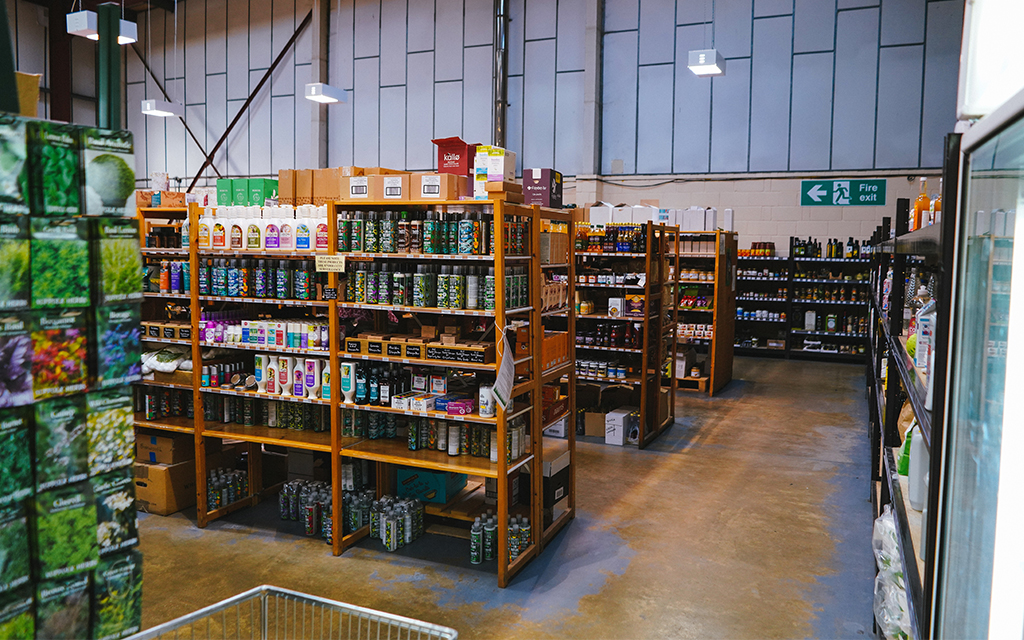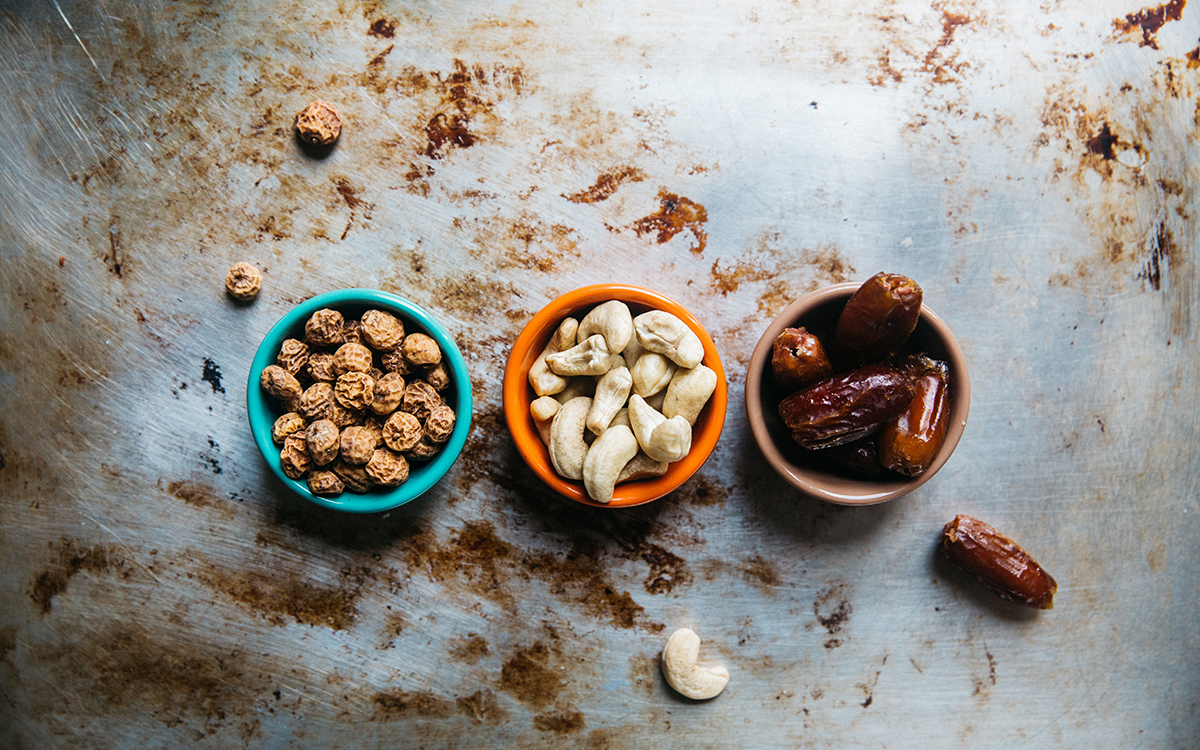I was on the subway yesterday afternoon when someone sneezed. Half the car turned to glare with unmitigated fury … at a six-year-old girl.
Social unrest is COVID-19’s left hook. Fear, accusation, misinformation, anxiety — though none will fill as many beds or take as many lives as the virus itself, they’re the drinking buddies of disruption. When uncertainty reigns, we stress. When stress persists, the body releases a hormone called cortisol, which heightens appetite and motivation to eat. And when we eat in such times, we tend to balance our high cortisol and insulin levels (and high emotions) by turning to comfort food — foodstuffs high in sugar and fat.
I left a Duane Reade with a cracked window yesterday (apparently, a customer was enraged that the store was out of hand sanitizer) and found myself suddenly craving pizza and Oreos. Or Oreos and pizza. The order didn’t really matter. This reaction, in whatever form or food one chooses, is pretty common. More than a third of Americans report eating “too much” or “unhealthy” foods as a result of stress, and while studies have shown eating desired foods can soothe stress, it’s important to make sure those foods are actually healthy and not something you might order at a state fair.
As most of the country (and the world) hurtles into an open-ended work-from-home situation, which will be ripe with insecurity, cabin fever and worries about family (whether far away, or suddenly sharing cramped quarters again), thoughtful eating is the best defense against insurmountable stress and crappy sleep. Logistically, you’ll want to be on your toes — supermarkets have seen hour-long lines and empty aisles in recent days — and functionally, you’ll need to be prepared for changes in your weekly diet. Your favorite Thai place might be closed. Maybe you can’t count on your usual Wednesday bagel. Normal produce shopping will make less sense.
Below, we’ve rounded up some tips and takeaways for stringing together some healthy dietary decisions while cooped up in your home or apartment. From prioritizing protein to a couple well-meaning brand bans, here are our thoughts.

Game the freezer aisle
The most notorious aisle in the grocery store, and for good reason. Most customers come through for frozen breakfast food, pints of Phish Food and ready-made French fries. But as we don’t know how long this thing will go or how affected supermarkets will be moving forward, stocking up your freezer at home is absolutely imperative. You just need to know what foods you can trust in that aisle. For starters: forget any preconceived notions you may harbor about frozen fruits and vegetables. Frozen produce is NOT less fresh; in fact, these fruits are frozen at peak ripeness. You just have to make sure the veggies weren’t frozen in a sauce, and the fruits weren’t frozen in sugar. Adding frozen berries to a smoothie is a no-brainer, and a vegetable medley to an entree makes for a full dinner. As for the main course of that dinner, look for frozen seafood options like shrimp, tilapia or cod (all of which keep well in the freezer and cost less), salmon burgers or fake meat with low sodium levels (I’m a fan of gardein). If you’re looking for real meat, head to a deli and pick up a couple pounds of cold cuts. They’ll retain taste when frozen up to two months. That’s a good bet for lunch each day.
It’s a nutty time
When we published our healthy snacking guide last year after a conversation with Dan Churchill, one of Chris Hemsworth’s nutritionists, his primary snack recommendations were of the nut variety. He pointed to almonds, cashews and raw walnuts as his mainstays, and confessed to carrying a jar of peanut butter around town with a spoon. You don’t have to go that far, necessarily (and in this climate, you probably shouldn’t be rocking around with rogue utensils), but nuts are definitely your best friend. Every morning, I pour about 75 almonds into a bowl and slowly eat my way to the bottom. It takes an entire swig of my water bottle to finish, but it’s a quick 20 grams of protein, 75 percent of my daily fiber and loaded with good, honest fats that should help lower my risk of heart disease a few decades from now. That sort of routine also just suppresses your hunger. Try eating a bag of Doritos when you’ve just downed a bowl of almonds. Good luck.
Prioritize protein
Speaking of protein, while I wouldn’t necessarily recommend meal-replacing your way through a day — retaining meal normalcy is good, and if lunch was a crucial part of your routine at the office, it should stay that way — a good protein shake goes a long way. I’m a big fan of OWYN (Only What You Need), a fledgling brand that makes shakes and bars with pea protein. No Cow is also great on the bars front. Urban working and living is high on convenience; very few of us are used to cooking throughout the day, or devoting much brain power to figuring out sustenance. If you can find reliable shortcuts, especially on the protein front, take advantage of them. They’ll also give you the energy (or recovery) you need to actually get out of the house and administer a workout on your own, be it at a local track, jungle gym, etc. It’s probably best to avoid the gym for now.
Kraft can’t happen
A WFH daily routine coupled with a global pandemic puts you in unusual control of what food goes into your body. In theory, you’re always in control. But the reality is you don’t know how much butter goes into that $12 fast-casual dinner you pick up every Tuesday. You don’t stock the snack drawers at work; at home, there will be more decisions to make, and it’s important you set expectations for yourself. Be honest with yourself, take stock of what makes you feel worse. Moralizing food is a slippery slope, but that doesn’t mean you can’t make observations that help you make good choices. For me, for example, I’ve long had a weakness for Kraft Mac & Cheese. It’s the perfect pandemic food. Orange power and enriched pasta. It keeps for 4,000 years, give or take a couple centuries. But I also know that it makes me feel gross. Alternatives like quinoa, brown rices and couscous, which fill up a pantry just as easily right about now, are smarter choices.
Lean into crazy
You’re going to go a little crazy. That’s okay. Channel it into your food preparation and consumption in a constructive way. Empty out your pantry and wrangle dishes together with whatever you’ve got left. If shelves at the supermarket are empty, go for a brand or type of dish you haven’t tried before. This is the time to try out recipes and learn a little bit about yourself. Cooking is a form of mindfulness, and we all could use a distraction right about now. Meanwhile, when it all gets to be too much, and you just need a break, healthy habits be damned — breakfast for dinner is undefeated.
Whether you’re looking to get into shape, or just get out of a funk, The Charge has got you covered. Sign up for our new wellness newsletter today.
























